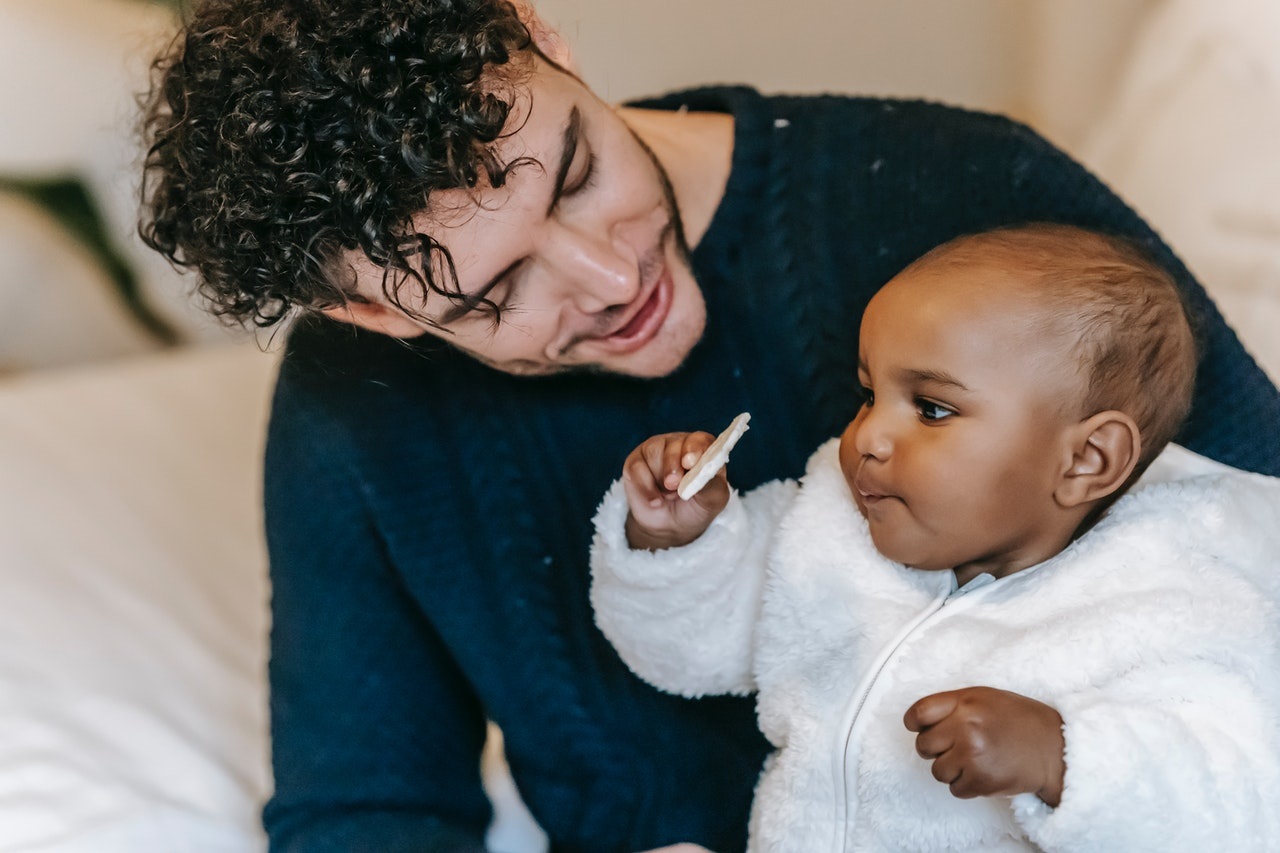
uOttawa psychology lab involved in international study reveals bilingual babies prefer baby talk to adult speak, especially in language heard at home
Developmental psychologists argue baby talk is important for language development because it captures infants’ attention, with babies better learning language sounds and words when hearing exaggerated, melodic accentuated words instead of regular, adult-speech. It’s easier for them to listen to, it grabs their attention, and they generally prefer it. Up until now, there was no existing research on bilingual babies’ attention to and preference for baby talk.
Christopher Fennell and his team of researchers from the University of Ottawa Living Lab at the Canada Science and Technology Museum have contributed to a global project led by Krista Byers-Heinlein of Concordia University (Montreal) that is the largest study of bilingual infants to date, testing 333 bilingual and 385 monolingual children aged between six and 15 months from across the globe.
Fennell, a Full Professor in the Department of Psychology in the Faculty of Social Sciences and the Official Languages and Bilingualism Institute Research Chair in Language Learning and Acquisition, dives into the findings for us.

What was the purpose of this study?
“The study looked at bilingual infants’ preference for and attention to infant directed speech. This style of speech is colloquially known as baby talk: the high-pitched, sing-song voice we naturally switch to when we talk to a baby. As this input is a key component to early language development, it is important to discover if bilingual babies match their monolingual peers in their preference for this kind of speech.
“Based on our results from hundreds of babies, infants learning two languages follow the same development as monolinguals. Their preference for baby talk over speech to adults is present at 6 months and that preference gets stronger over the next 6 months. The more home exposure they had to the language in which the baby talk was presented in the study, the more this preference was stronger.”
Tell us about the study and the Living Lab’s involvement.
“The study was a truly international undertaking, the largest study involving infants learning two languages to date. My lab at the University of Ottawa, which focuses on bilingual language learning in infancy, contributed data from 53 infants (a typical infant study involves around 30 babies) and once all labs across the world finished collection, the final study had a whopping 718 participants.
“My lab was the lead on organizing the measures of bilingual exposure for the project. We measured infants’ exposure by having parents report in detail how much of Language A their infant hears from various sources, and how much of Language B. I surveyed all participating labs on which specific measures they were using and then wrote the section of the paper regarding the methods of assessment of bilingualism in infant populations.”
Did you expect differences?
“We know that bilingualism is a natural phenomenon across the globe, and the basic mechanisms of learning language should look the same. There are some myths around baby talk, like that it is not good for babies’ language development because it is simple. Yet, we know that babies prefer it and that they learn some language aspects better in baby talk. So, parents should have no concerns using baby talk with their babies.”
For media enquiries:
Paul Logothetis
Media Relations Agent
Cell: 613.863.7221
[email protected]
